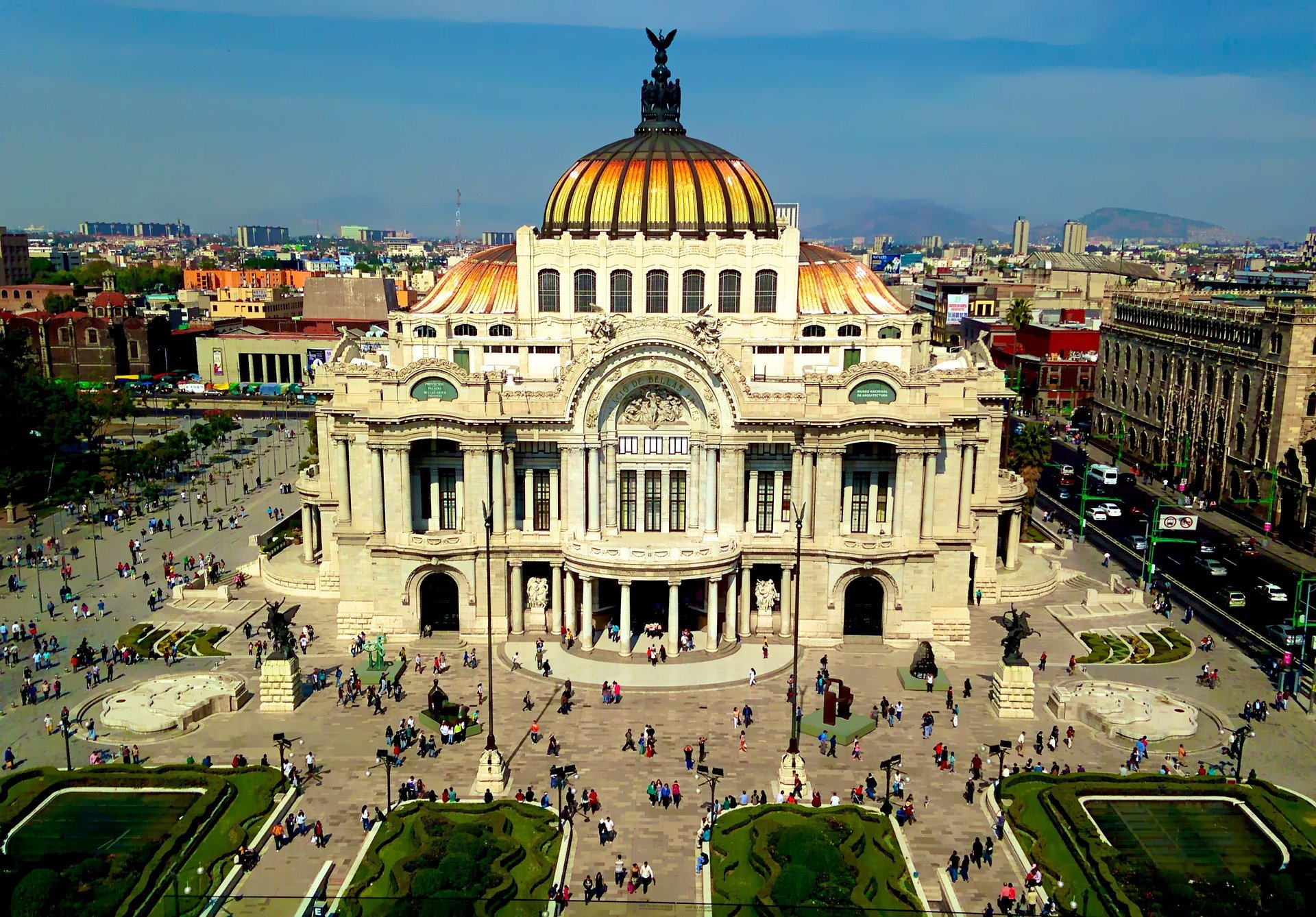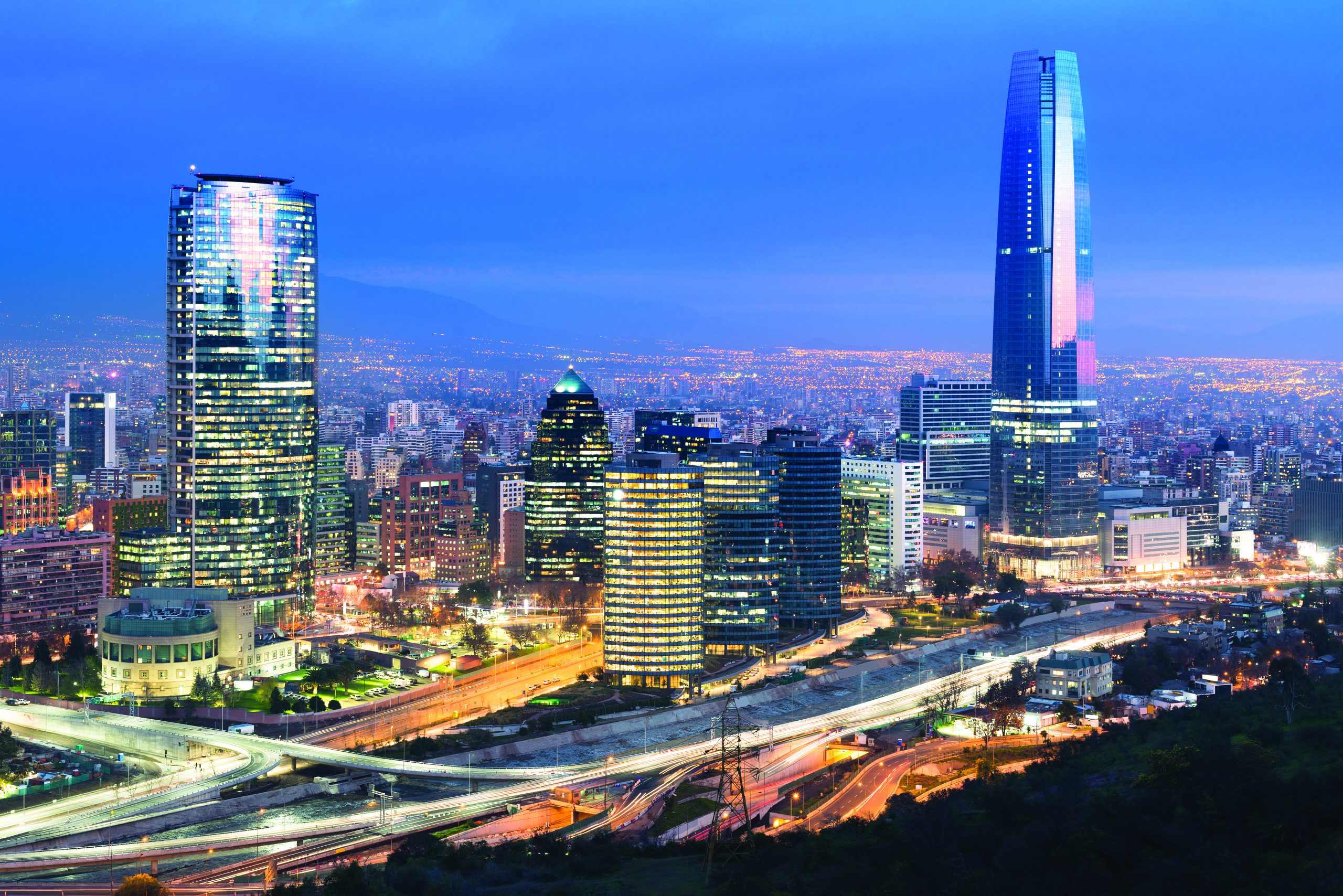MEXICO
Javier Navarro Treviño
A. LEGISLATION AND RULES
A.1 Legislation
International arbitration in Mexico continues to be governed by the Code of Commerce, which incorporates the provisions of the UNCITRAL Model Law of 1985 in its relevant section. The Code of Commerce was enacted in 1889, and its last amendment on arbitration took place in 2010.
Mexico is also a signatory to the New York and Panama Conventions on the enforcement of foreign arbitral awards.[1]
A.2 Institutions, rules and infrastructure
The Cámara de Comercio (CANACO) and the Centro de Arbitraje de México (CAM) are the most important local arbitration institutions in Mexico. The Mexican Chapter of the ICC is located in Mexico City but has recently extended to various major cities in the country.
Additionally, most of the major arbitration institutions operate in Mexico. The ICDR and the LCIA are better known and widely chosen. Mexican users and lawyers are getting familiar with these institutions and their rules. Each arbitration institution has its own infrastructure that is currently expanding to other major cities in the country, as arbitration is more commonly resorted to for the settling of disputes.
B. CASES
B.1 Circuit Court holds that parties may request the referral of a judicial case to arbitration, at any stage of the proceeding, before the Court issues the final decision.
On 7 February 2020, a Circuit Court in Mexico City held that parties in a litigation proceeding may argue the existence of an arbitration agreement, with the purpose of suspending the judicial process and referring the case to an arbitration proceeding.[2]
Since the amendment in June 2008 of article 17 of the Political Constitution of the United Mexican States, parties have, as a constitutional right, freedom to resort to alternative dispute resolution mechanisms (mediation, conciliation, and arbitration), which may be requested following the initial pleading or before the Court issues the final decision in the proceeding. The Code of Commerce sets forth that the preferred proceeding to settle disputes is the one agreed upon the parties. [3] This means that if parties freely select the resolution method (including an arbitration agreement), they are expressing their contractual will.
Thus, in the case of the existence of reasonable doubt of the jurisdiction of an arbitral tribunal, the Court must not automatically decide in favor of the State’s jurisdiction, but rather the Court should solve what it deems appropriate. If the Court requires additional elements to determine if a judicial case should be referred to arbitration, it may request additional evidence from the parties.
With this new interpretation and approach, the judicial system in Mexico aims to protect two fundamental rights: (i) access to justice; and (ii) access to alternative dispute resolution mechanisms.
[1] Mexico ratified the New York Convention on 14 April 1971. See New York Arbitration Convention, Contracting States, http://www.newyorkconvention.org/countries (last accessed 2 February 2021). México signed the Panama Convention on 27 October 1977. It was ratified on 15 February 1978. See Organization of American States, Inter-American Convention On International Commercial Arbitration, http://www.oas.org/juridico/english/Sigs/b-35.html (last accessed 2 February 2021).
[2] Thesis I.3o.C.425 C (10a.) of the Third Circuit Court, published in the Gazette of the Federal Judiciary on 7 February 2020 under the name “Referral to arbitration. Parties may request it at any stage of the proceeding, until the final judgment is issued (scope of Thesis I.3o.C.503 c and I.3o.C.504 C).”
[3] Code of Commerce, Art. 1051 (“The preferential commercial procedure [to settle disputes] is the one freely agreed upon by the parties with the limitations indicated in this Code, which may be a conventional procedure before the Courts or an arbitration procedure.”) (Unofficial translation.)






